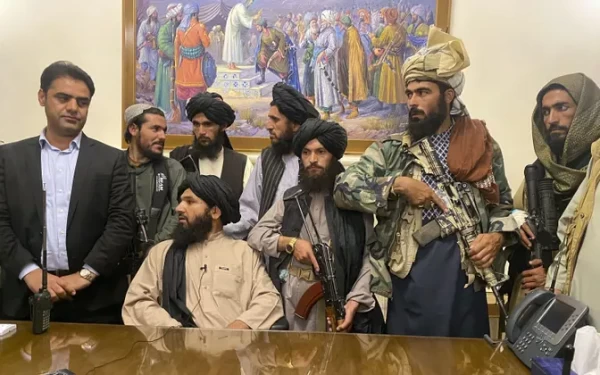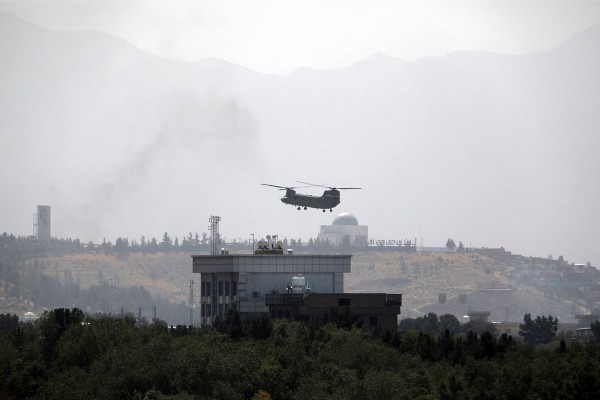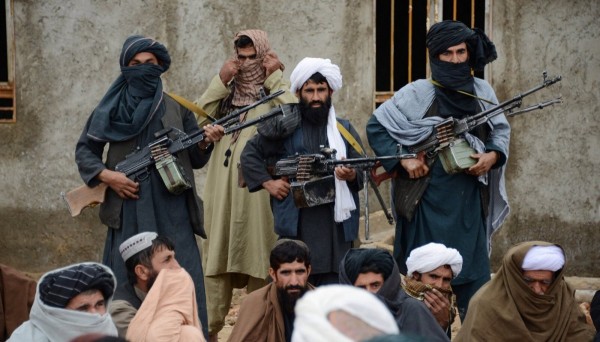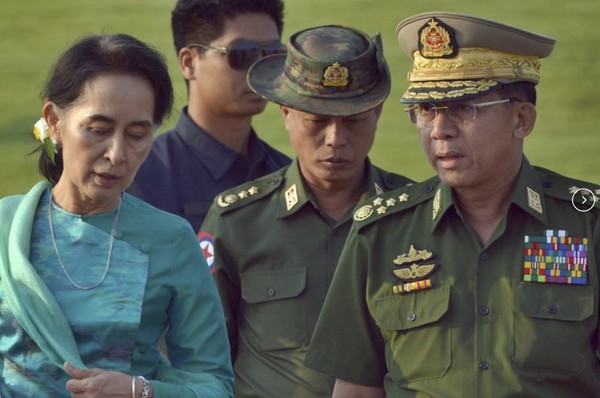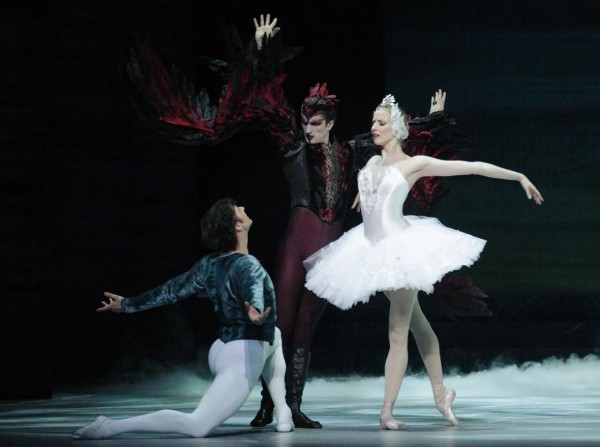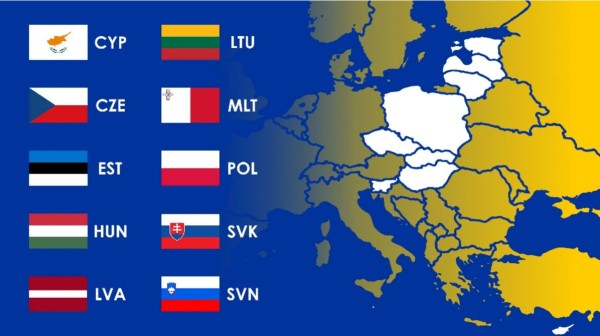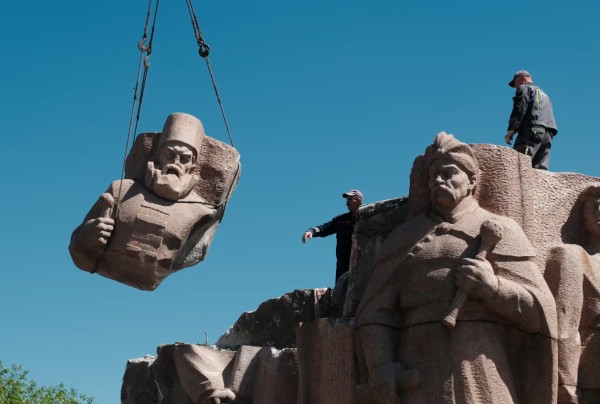By Vladimir Kara-Murza
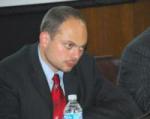
When President Trump meets with Russian President Vladimir Putin in Helsinki next week, he will have an opportunity to address an issue that his White House predecessors of both parties raised — and successfully pushed — in their meetings with Kremlin leaders since the 1970s: the release of political prisoners.
President Richard M. Nixon is not remembered for his stalwart commitment to human rights. Yet in preparation for his 1974 summit meeting with Soviet leader Leonid Brezhnev, he sent a quiet request to Moscow: release Vladimir Dremlyuga. Dremlyuga was one of the most notable political prisoners in the Soviet Union; he was one of seven Russian dissidents who protested on Red Square in August 1968 against the Soviet invasion of Czechoslovakia. (A Prague newspaper wrote in response that “there are now at least seven reasons why we will never be able to hate the Russian people.”) Nixon had learned about Dremlyuga from a book by Natalia Gorbanevskaya, another participant in the Red Square demonstration, that was published in English in 1972. “We must help him, we must help him,” Nixon kept telling his aides, according to Dremlyuga himself, whom I interviewed for a documentary at his New Jersey home in April 2005.
The request was granted. That same year, 1974, Dremlyuga was given an early conditional release from prison and allowed to leave for the United States.
Twelve years later, as two very different leaders from the United States and the Soviet Union were preparing to meet in Reykjavik, Iceland, another request — this time much more forceful — was sent to Moscow through diplomatic channels. President Ronald Reagan asked General Secretary Mikhail Gorbachev to review the cases of 25 Soviet political prisoners. At the top of that list was Yuri Orlov, a physicist and founding chairman of the Moscow Helsinki Group, who was imprisoned and later exiled to eastern Siberia for publicly calling out the Soviet government on its human rights violations. At a Politburo meeting on Sept. 22, 1986, Gorbachev told colleagues that he would agree to Reagan’s request and “let Orlov go.”
One day in late September, Orlov was flown to Moscow, where he was kept for several days at the KGB’s Lefortovo prison. “Two men in plainclothes read me the decision of the Presidium of the Supreme Soviet to deprive me of my Soviet citizenship and to expel me from the USSR,” he recalled. “It was signed by Gorbachev.” On Oct. 5, Orlov was put on a flight to the United States. Two days later, he was received at the White House by Reagan, who called him “a hero for our time.” Only after meeting with Orlov did Reagan fly to Reykjavik for the summit with Gorbachev.
Reagan made personal advocacy on behalf of political prisoners a hallmark of his Soviet policy, handing Gorbachev lists of names at their every meeting. “There are too many lists,” Gorbachev complained at one point. During his last visit to Moscow, in May 1988, Reagan met with dissidents and human rights activists, including some of those whose freedom he had helped to secure. The gesture provoked ire from his host, but Reagan affirmed that his administration’s stance on human rights would remain “unshakable,” adding that “on the fundamental dignity of the human person, there can be no relenting, for now we must work for more, always more.”
Presidential use of U.S.-Soviet summits to secure the release of political prisoners was bipartisan. In the lead-up to his 1979 meeting with Brezhnev that would result in the signing of the SALT II agreement, President Jimmy Carter helped negotiate an exchange that gave freedom to five prominent Soviet political prisoners, including the samizdat publisher Alexander Ginzburg. On April 27, 1979, an Aeroflot flight brought them to New York’s John F. Kennedy International Airport, where they were exchanged for two former Soviet employees of the United Nations convicted of espionage.
Carter’s commitment to human rights was stated early on: One of his first acts in the White House was a meeting with Vladimir Bukovsky, a prominent Russian dissident who was released in December 1976 after spending a total of 12 years in Soviet prisons, penal camps and psychiatric hospitals. Bukovsky’s release had been mediated by President Gerald Ford’s administration.
According to Memorial, Russia’s leading human rights organization, there are 155 political and religious prisoners in the country. They include Oleg Sentsov, a Crimean filmmaker who protested the annexation (and who is now nearing two months on a hunger strike); Alexei Pichugin, the remaining hostage of the “Yukos Affair” and, after 15 years, Russia’s longest-serving political prisoner; Yuri Dmitriev, a historian who has documented the Stalin-era repressions and uncovered mass burial grounds in his native Karelia; Stanislav Zimovets, a participant in the March 2017 opposition rally in Moscow; Alexander Shpakov, a carpenter who went to the same rally to protect his daughter; Oyub Titiev, the head of Memorial’s office in Chechnya; and many, many others.
For now, there is little to suggest that Trump will raise any of their cases at his meeting with Putin. The current U.S. president is not known for his stalwart commitment to human rights in his foreign policy. But, then again, neither was Nixon.







